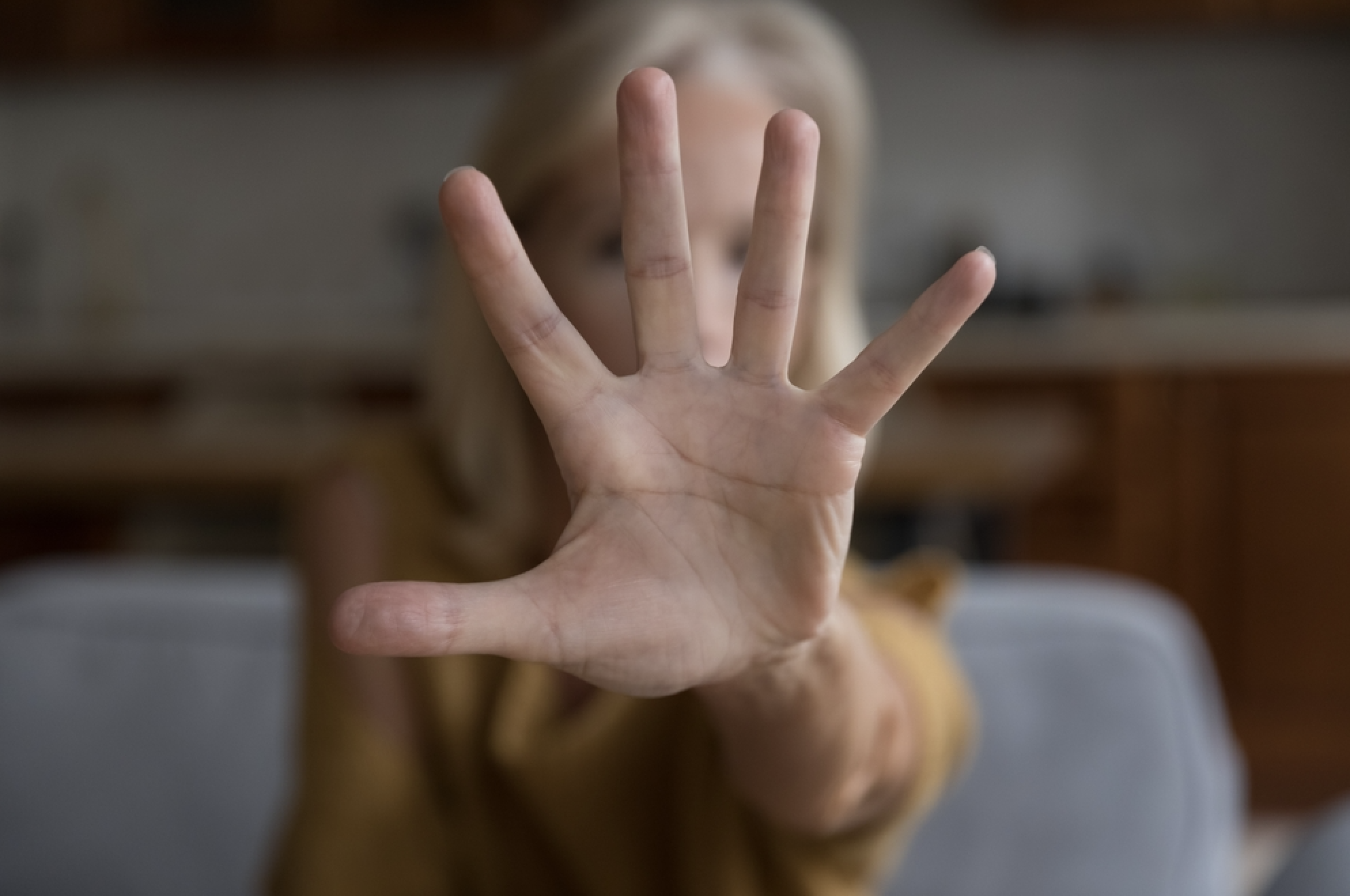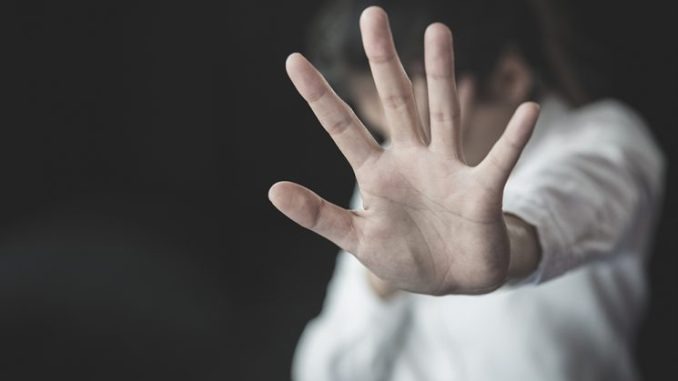Relationship harm — sometimes referred to as unhealthy or controlling behavior in close relationships — remains one of the most serious public health and social concerns worldwide. According to the World Health Organization (WHO), nearly one in three women globally has experienced some form of mistreatment or control from a close partner during her lifetime.
While people of any gender, background, or age can experience such harm, women and girls are more frequently affected. Learning to recognize the signs, understanding the emotional and social impact, and promoting supportive responses are crucial steps toward prevention and healing.
What Is Relationship Harm?

The Centers for Disease Control and Prevention (CDC) describes relationship harm as a recurring pattern of actions used to gain or maintain control in a close relationship. This can include:
-
Physical actions that cause discomfort or fear
-
Emotional behaviors such as humiliation, intimidation, or manipulation
-
Limiting financial independence or access to resources
-
Excessive monitoring or attempts to isolate the partner
Importantly, such behavior is not limited to physical harm. Many people experience emotional stress, lowered self-esteem, and long-term psychological effects that can deeply influence their well-being and relationships.
Recognizing Early Warning Signs
Identifying signs of unhealthy relationship dynamics can help someone seek support early. According to the National Coalition Against Domestic Violence (NCADV), possible warning signs may include:
-
Frequent stress or anxiety when around a partner
-
Withdrawal from friends, family, or social activities
-
Sudden changes in mood, confidence, or appearance
-
The partner showing controlling or excessively protective behaviors
It’s essential to approach these situations with empathy. Many individuals face emotional or financial barriers that make it hard to leave an unhealthy relationship without support.
The Impact on Health and Well-Being

The consequences of relationship harm can extend far beyond the moment of conflict. Individuals may experience:
-
Physical effects such as fatigue, sleep issues, or chronic pain
-
Mental health challenges including anxiety or depression
-
Difficulties maintaining work or education
-
Financial stress due to loss of independence
-
Social isolation or reduced confidence
Children who grow up in stressful family environments may also experience emotional or developmental challenges, showing why early support and positive role models are vital.
Legal Protections and Support Systems
Many countries have laws and community programs designed to protect individuals and provide recovery support. These may include:
-
Confidential shelters or safe spaces
-
Helplines available 24/7 for guidance and support
-
Free or low-cost legal and counseling services
-
Community-based recovery programs
In the United States, the Violence Against Women Act (VAWA) funds shelters, education, and prevention programs. In Europe, the Istanbul Convention promotes international cooperation to safeguard women’s rights and prevent relationship harm.
How Communities Can Help

Unhealthy relationships are not only personal matters — they are community concerns. Everyone plays a role in creating safer spaces. Helpful strategies include:
-
Education and Awareness: Encourage conversations about respect, equality, and healthy communication.
-
Professional Training: Equip teachers, healthcare workers, and local authorities to recognize warning signs and respond effectively.
-
Safe Environments: Schools, workplaces, and neighborhoods should offer confidential support networks.
-
Active Support: Friends, colleagues, or family members can provide reassurance and connect individuals to reliable resources.
By fostering compassion and awareness, communities can reduce stigma and help individuals rebuild confidence and security.
The Role of Digital Platforms
Online and social media platforms have become powerful tools for awareness and advocacy. However, sensitivity and responsibility are essential when discussing personal experiences.
Responsible digital engagement includes:
-
Sharing only verified information from credible sources
-
Avoiding sensational or distressing images
-
Including contact details for support organizations
-
Using awareness hashtags carefully and respectfully
By promoting factual and compassionate communication online, individuals and organizations can make digital spaces safer and more informative.
Global Progress and Remaining Challenges
International efforts such as the UNiTE Campaign to End Violence Against Women and #16Days of Activism continue to promote awareness and policy reform worldwide. Many governments are strengthening laws, improving access to mental health resources, and supporting gender equality initiatives.
Despite this progress, challenges persist — including inconsistent law enforcement, limited awareness in rural areas, and cultural barriers that prevent individuals from seeking help. Continuous education and collaboration remain essential to long-term progress.
Conclusion: A Collective Effort Toward Safety and Respect
Preventing harm in relationships is a shared responsibility that requires understanding, compassion, and community engagement. Each person — whether a friend, teacher, coworker, or policymaker — has a role to play in building respectful relationships and supportive networks.
By expanding education, promoting equality, and providing access to protection and care, society can move closer to a future where every person feels safe, valued, and free to live without fear.
Verified Sources
-
World Health Organization (WHO): Violence Against Women
-
Centers for Disease Control and Prevention (CDC): Intimate Partner Violence
-
National Coalition Against Domestic Violence (NCADV): Facts and Resources
-
UN Women: Ending Violence Against Women
-
Office on Violence Against Women (OVW) – U.S. Department of Justice: Programs and Services
